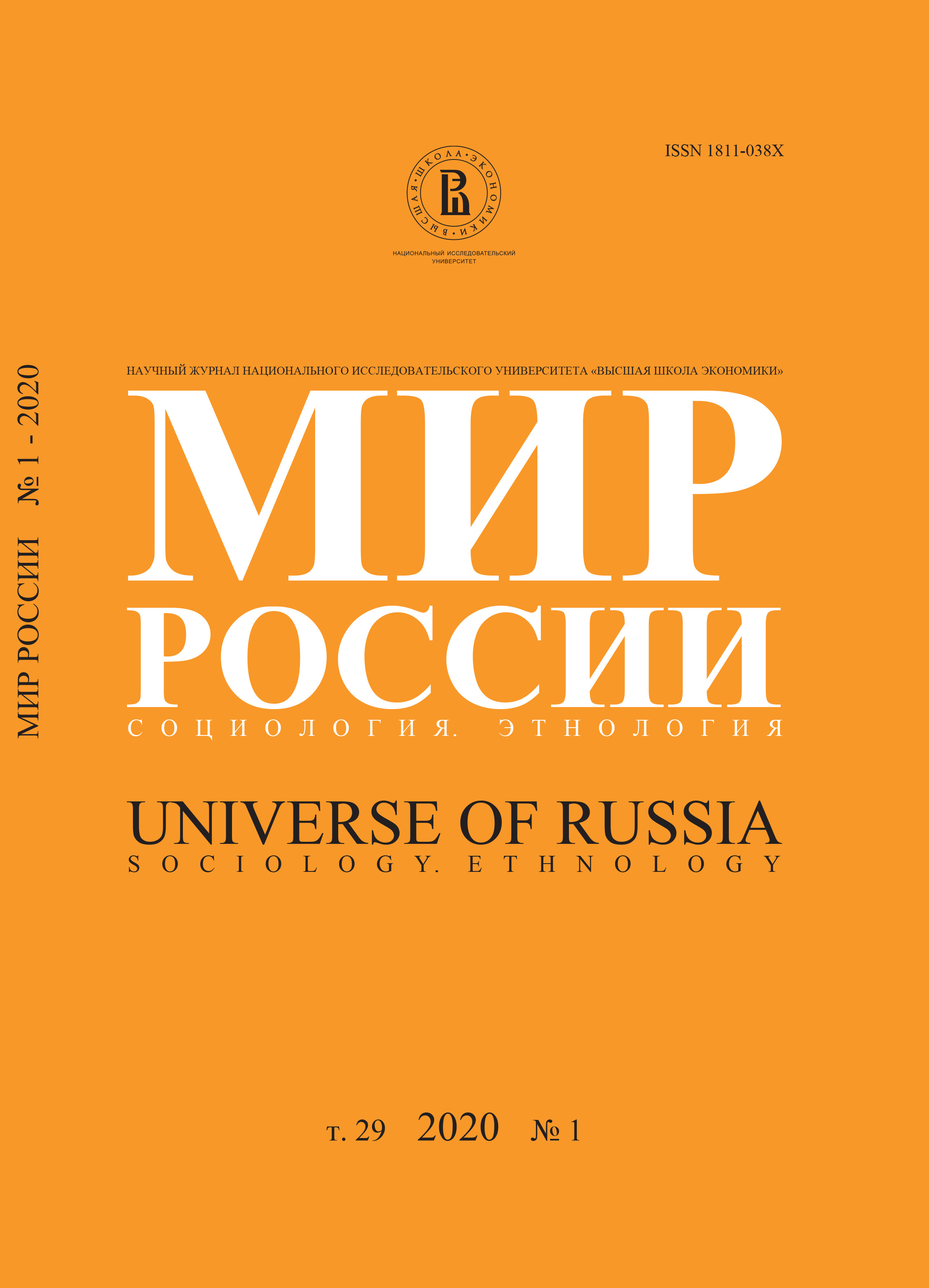The Non-Ergodicity of the Social World: a Modern Doctrine
Book Review: Taleb N.N. (2018) Skin in the Game: Hidden Asymmetries in Daily Life, Moscow: Kolibri, Azbuka-Attikus (in Russian)
Abstract
Citation: Balatsky E. (2020) The Non-Ergodicity of the Social World: a Modern Doctrine. Mir Rossii, vol. 29, no 1, pp. 174–193 (in Russian). DOI: 10.17323/1811-038X-2020-29-1-174-193
In 2018, the most recent book by Nassim Taleb “Skin in the Game: Hidden Asymmetries in Daily Life” was finally made available to Russian readers. In it, just like in his previous bestsellers, the author raises several topical questions and offers his vision of their solutions. Taleb’s books are full of interesting and important claims, however, much more remains unsaid. The last book is no exception, and therefore I reflect on its contents, provide my comments on it, supplement the fundamental ideas of Taleb, and “embed” the key theses of the book in the context of modern social sciences. To do this, I propose a geometric model of the skin-in-the-game principle, which superimposes two population distribution functions – that of income and that of risk. I show that the extent of the divergence in the forms of the two curves acts as an imperfection of society and illustrates the degree of implementation of this principle. I further argue that this corresponds to the global civilizational trend, according to which the risks shift from the physical world into the social. The article demonstrates that the skin-in-the-game principle was widely used in the Soviet Union during Stalin’s era, and for many years has been promoted in the modern political discourse in Russia by opposition parties and leaders. In modern international politics, this principle is fully consistent with the act of recognizing the Golan heights by the USA as legitimate Israeli territory. To illustrate how non-ergodicity emerges as a feature of a social system,
I offer some simple formulas for quantifying the effectiveness of the system that take into account the emergence factor stemming from the interaction between the system’s elements. I also show the substantive equivalence of the doctrines of non-ergodicity and unpredictability offered by Taleb, Douglass North and George Soros. I argue that Taleb’s concept of local ethics is closely related to Fukuyama’s concept of the radius of trust. In conclusion, I consider an expanded model of personal success, which rests on five factors: natural talent, the ability to work, the factor of fortune, inheritance, and the effect of shifting risk to third parties.






